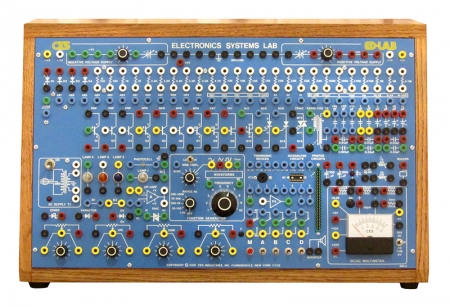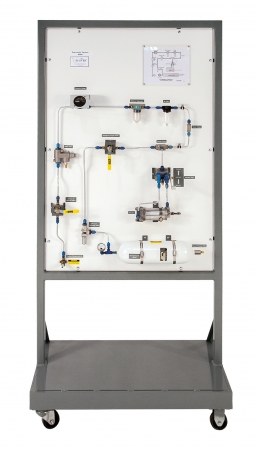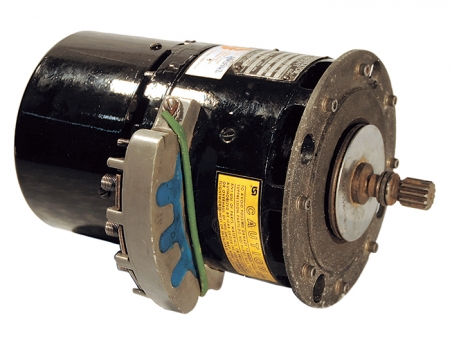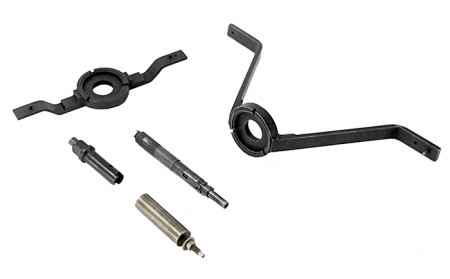Description
The flagship CES 651 is the most popular lab trainer in our line of electronics education solutions. The CES 651 is an interactive training tool used in science and electronics classrooms worldwide to introduce students to basic electronics components and apply STEM concepts using hundreds of basic, intermediate, and advanced electronics experiments. You can use the CES 651 to teach the concepts of both DC and AC theory, from simple series and parallel circuits to complex amplifiers and oscillators. It features a variety of resistors, capacitors, inductors, diodes, transistors, potentiometers, switches, lamps, and LEDs. The built-in power supply provides both positive and negative DC voltages, and the function generator produces sine, sawtooth, and square waves from 1 Hz to 100 KHz. The CES 651 also features a built-in analog voltmeter and ammeter along with both integrated circuit (IC) and printed circuit board (PCB) expansion connectors to increase its functionality through the use of external PCB modules. This trainer is a comprehensive solution for teaching analog theory for nearly any electronics discipline including the ASTM/NCATT Aircraft Electronics Technician (AET) Certification.
The CES 651 Student Manual features 150+ experiments for students to complete!
Features
- Self-contained, rugged design
- Regulated DC power supply with fixed and variable outputs and over-current protection
- AC power source with two phases for all power supply experiments
- Waveform generator with sine, square, and triangle outputs from 1 Hz to 100 kHz. The built-in generator provides variable sine wave outputs and eliminates the need for external signal generators
- Includes a variety of resistors, capacitors, inductors, switches, lamps, potentiometers, diodes, transistors, lamps, LEDs, and a photocell allowing students to build virtually any common electronics circuit
- The IC and edge card socket connectors make the CES 651 expandable and customizable
- All components are protected to prevent failures from incorrect wiring or other inadvertent mistakes
- All experiments include a discussion on the theory behind the experiment, step-by-step procedures, and an assessment to gauge the student’s understanding of the concepts and applied theories
- Power input: 110-120VAC 60Hz
- Dimensions: 23.5″W × 14.5″H × 10″D







